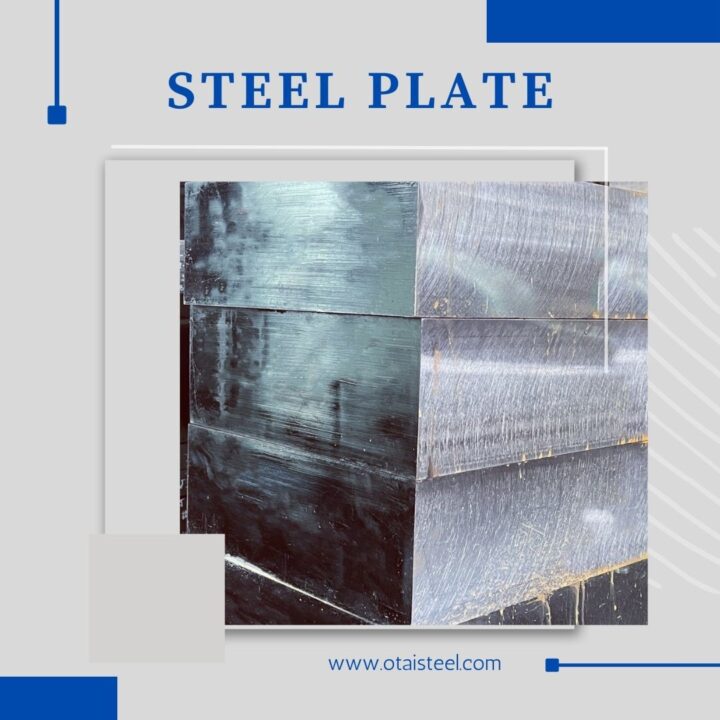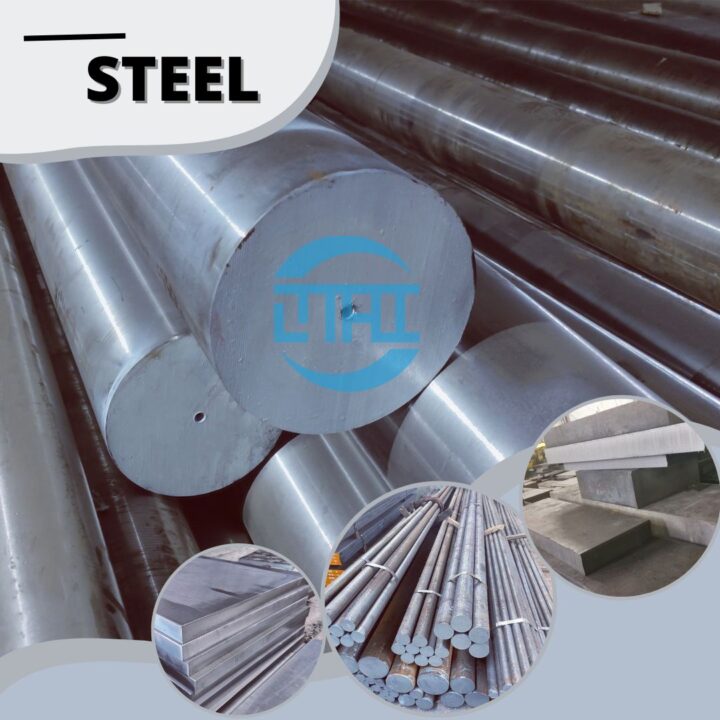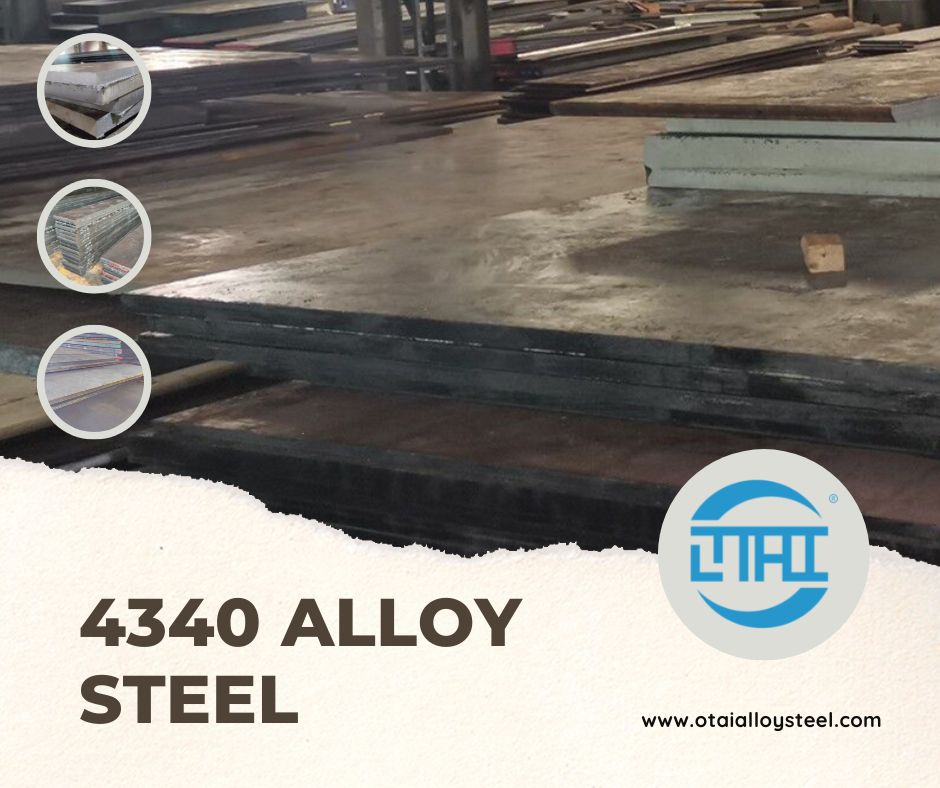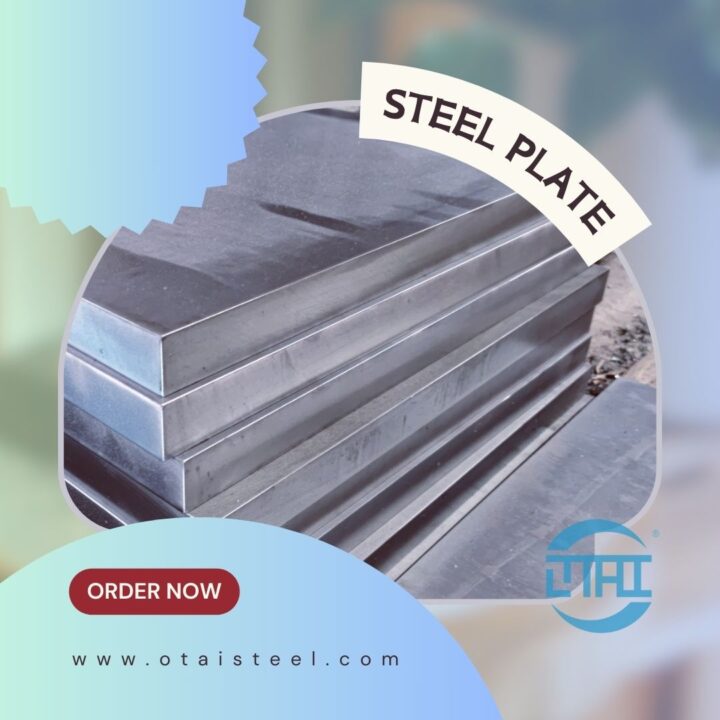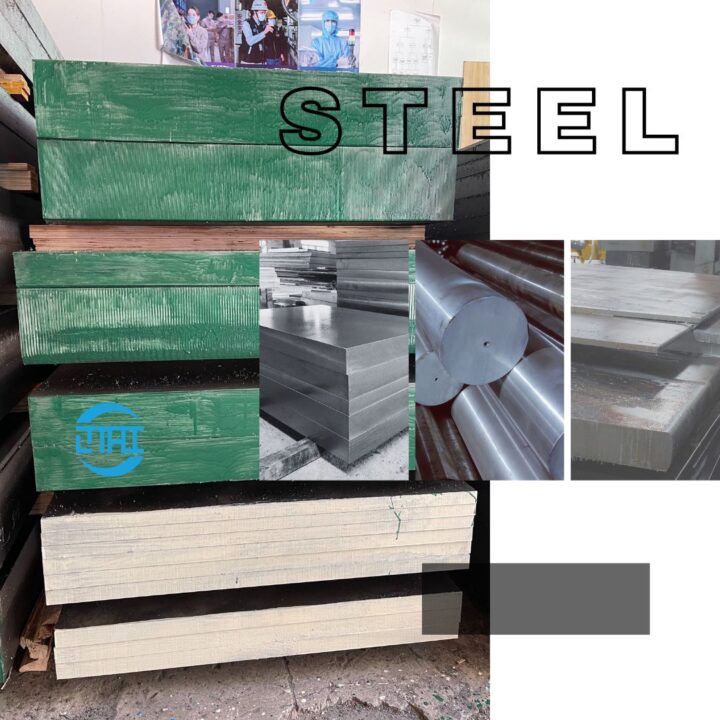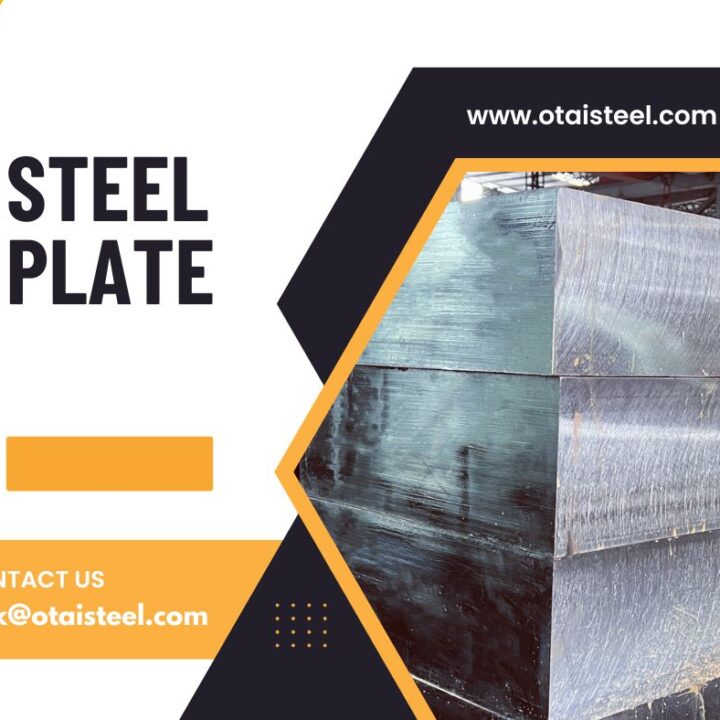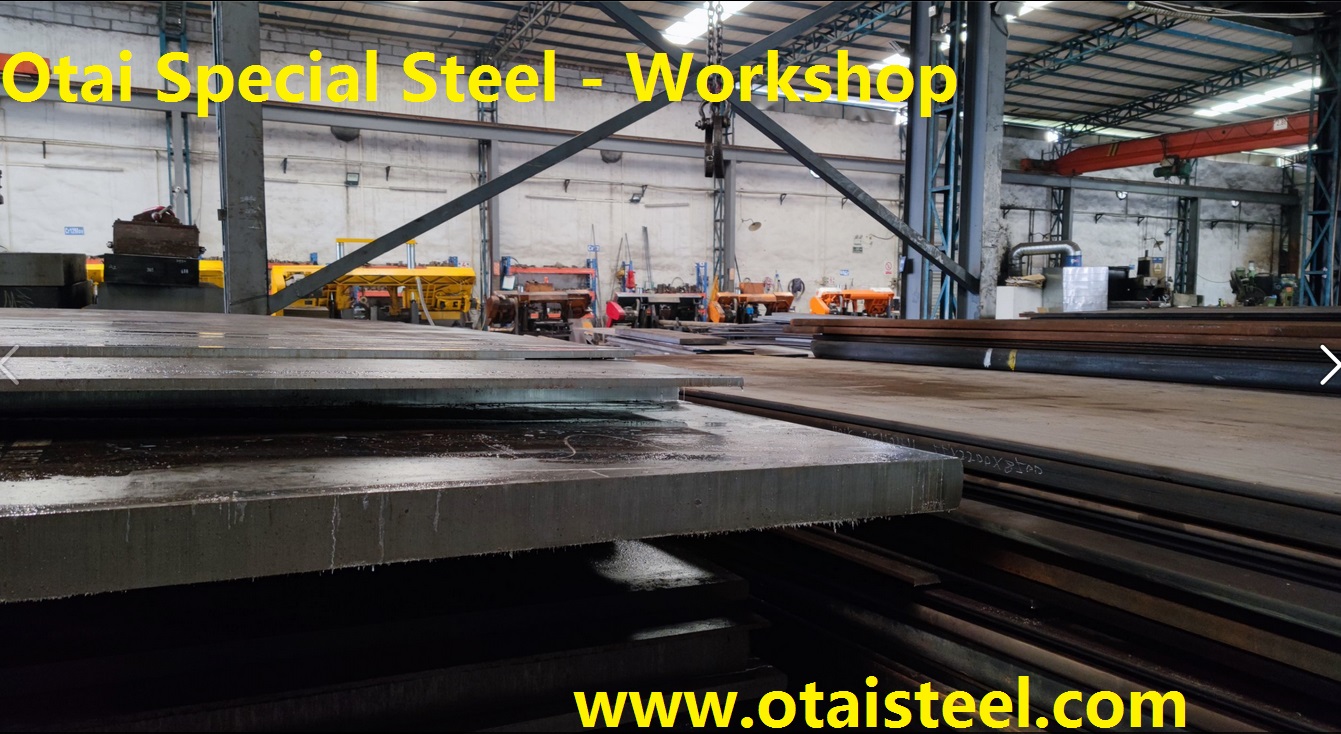4340 steel is a low-alloy steel composed of elements such as nickel, chromium, and molybdenum. It is known for its exceptional mechanical properties, making it suitable for a wide range of applications. However, the material’s response to environmental conditions can alter its characteristics, requiring careful consideration during material selection and application design.
Environmental Factors Affecting 4340 Steel Properties
Several environmental factors can affect the properties of 4340 steel. These include temperature, corrosion, moisture, chemical exposure, and radiation. Each factor can interact with the material in different ways, leading to specific changes in its properties and performance.
Effect of Temperature and Heat Exposure
Temperature plays a significant role in the behavior of 4340 steel. Elevated temperatures can reduce material strength and hardness, leading to potential deformation and creep. Conversely, low temperatures can increase material brittleness, affecting its impact resistance. Heat exposure during processing or service can also alter the material’s microstructure, leading to changes in properties.
Corrosion and Oxidation
Corrosion and oxidation can degrade the properties of 4340 steel. When exposed to corrosive environments, the material can experience localized or general degradation, compromising its structural integrity and leading to reduced strength and fatigue life.
Moisture and Humidity
Moisture and humidity can facilitate the occurrence of corrosion and accelerate material degradation. Water can penetrate microscopic imperfections in the material’s surface, leading to rust formation and weakening the steel.
Impact of Chemical Exposure
4340 steel can be exposed to various chemicals in different applications. Certain chemicals can interact with the material, leading to chemical reactions and changes in properties. Chemical exposure can also influence the material’s susceptibility to corrosion and oxidation.
Radiation Effects
In specific environments, 4340 steel may be exposed to ionizing radiation, such as gamma rays or neutron radiation. This radiation can cause atomic displacements and induce defects in the material’s crystal lattice, affecting its mechanical properties and potentially leading to embrittlement.
Combined Environmental Stressors
Real-world applications often expose 4340 steel components to multiple environmental stressors simultaneously. The combined effect of temperature variations, moisture, corrosive chemicals, and mechanical loads can result in complex interactions and changes in material behavior.
Case Studies and Real-World Examples
Case studies and real-world examples highlight how environmental effects impact 4340 steel in different applications. Examples can include components in marine environments, aerospace structures, chemical processing plants, and oil rigs.
Mitigation and Protection Strategies
To preserve the properties of 4340 steel in challenging environments, various mitigation and protection strategies can be employed. These may include the use of protective coatings, proper material selection, environmental controls, regular inspections, and preventive maintenance.
Environmental effects play a significant role in influencing the properties and performance of 4340 steel. Understanding these effects is crucial for ensuring the material’s reliability and longevity in various applications. By considering environmental factors during material selection and application design, engineers can develop robust and durable components that meet specific performance requirements, even under challenging conditions. (the Properties of 4340 Steel)
